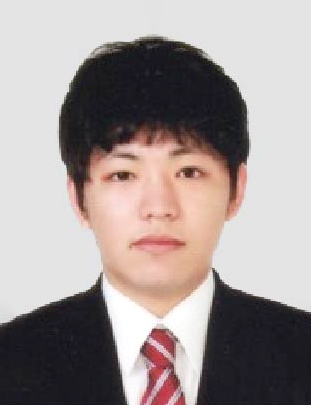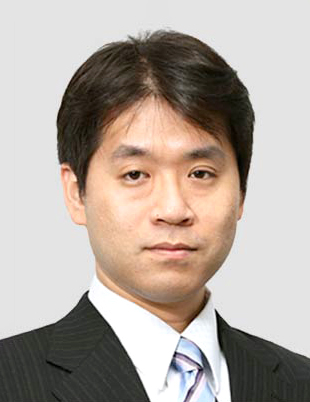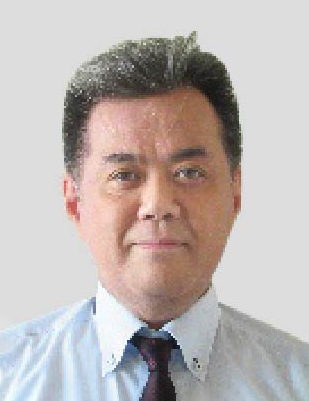Best Paper Award
Maximum Likelihood Estimation for Single Wave Source Localization Using Multiple UAVs in NLOS Environments[IEICE TRANS. COMMUN., VOL.J105–B, NO.3 MARCH 2022]



Wave source localization is a technique for estimating the location of the source of a wireless signal and is important in many wireless communication systems. For example, in frequency sharing techniques, where frequency bands are shared among different wireless communication systems to make effective use of frequency resources, wave source estimation techniques are effective for detecting spatially and temporally unused frequency bands. Although many wireless communication systems must be licensed by the Ministry of Internal Affairs and Communications (MIC), there are illegal wireless stations operating without a license. The wave source localization technique is also necessary to detect these illegal wireless stations.
In this study, the authors investigate wave source localization using unmanned aerial vehicles (UAVs). It is assumed that the UAVs are equipped with an array antenna and can obtain the direction of arrivals (DOAs) of received signals by means of antenna signal processing. When the wireless channels between the wave source and UAVs are line-of-sight (LOS) propagation channels, the location of the wave source can be estimated with the directions of the direct paths on the LOS channels. However, in many urban environments, the propagation channels are often non-line-of-sight (NLOS), in which case it is difficult to directly determine the location of the wave source with the above method. In this study, the authors propose a wave source estimation method for NLOS environments and validate the proposed method with simulation experiments. The proposed method localizes the wave source with maximum likelihood estimation based on the property that the variance of the DOAs observed at a UAV is a decreasing function of the distance between the wave source and the UAV. Although the proposed method is based on maximum likelihood estimation, which is a fundamental technique for statistical estimation, it enables wave source estimation even in NLOS environments by making good use of the property. It is expected that various wave source localization techniques will be considered by extending this idea. For the above reasons, this paper is highly evaluated as a paper worthy of the Best Paper Award.